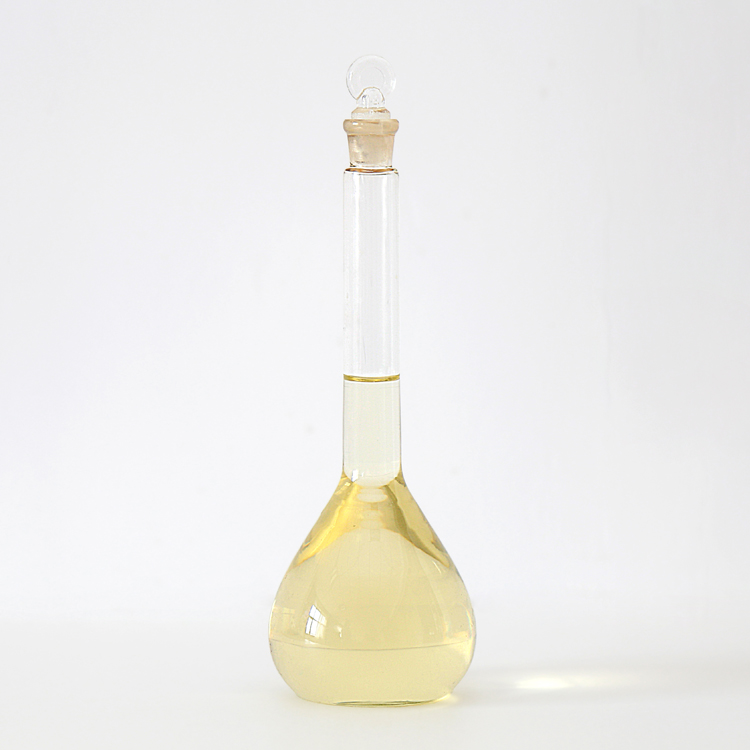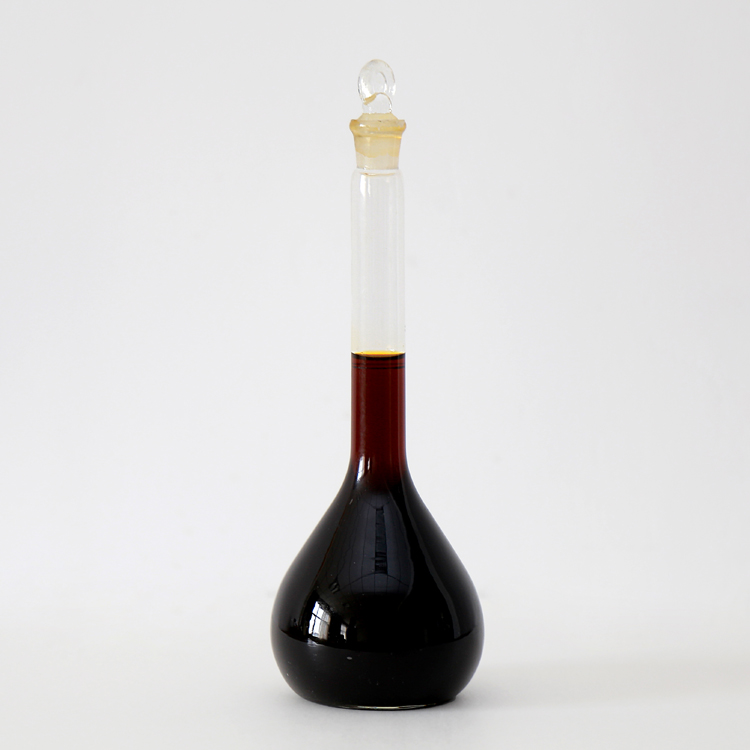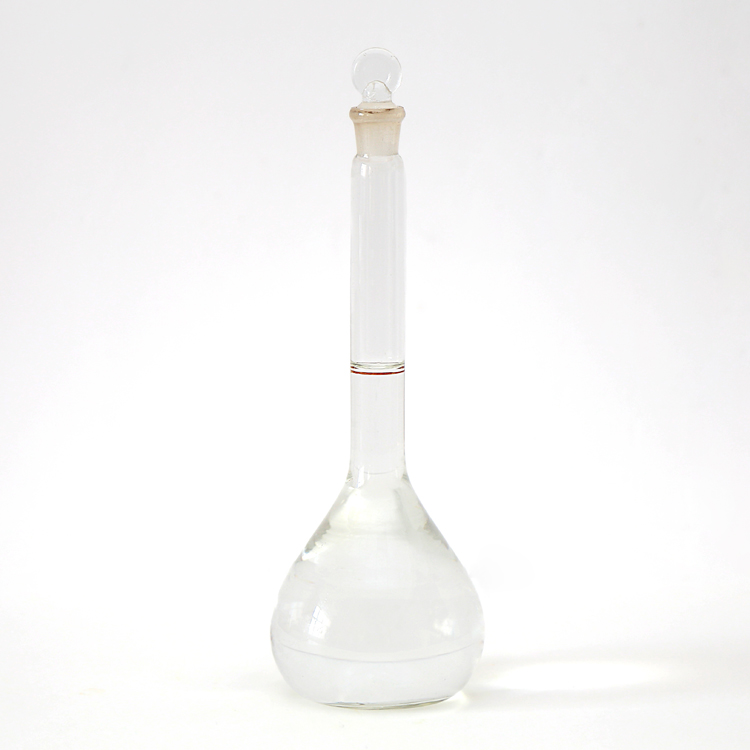
COMPANY NEWS
- Home >> NEWS >> COMPANY NEWS
Product recommendation
Hot News
Contact us
- Tel:+86-0391-3126812
- Phone:+86-15803910375
- Add:The west industrial cluster area of Jiaozuo City, Henan province, China
- E-mail:aefk@aefkchem.com
Four relationships in the production of polyferric sulfate
01 temperature characteristics and relationship of different materials
Temperature characteristics of ferrous sulfate
Ferrous sulfate is the main raw material for the production of polymeric ferric sulfate. No matter how you obtain it, you should pay attention to the change of temperature characteristics of ferrous sulfate after exceeding the critical temperature.
We usually use ferrous sulfate containing seven crystal waters (some also use ferrous sulfate monohydrate). Too high a temperature will cause the loss of crystal water, and even cause hydrolysis. Usually, ferrous sulfate is irreversible after hydrolysis, which will cause material turbidity and seriously affect the appearance of products.
Temperature characteristics of metatitanic acid
Now the production of polymeric ferric sulfate is not only using ferrous sulfate as raw material, but also coming into contact with a large number of iron containing dilute acids in other industries. Such as acid pickling waste acid in steel industry, acid pickling waste acid in electroplating industry, and etching waste liquid in electronic industry. Especially in recent years, many manufacturers have adopted the dilute acid containing iron separated from the solid and liquid when sucking the film before washing in the titanium dioxide industry. In addition to the sulfuric acid and ferrous iron we need, this dilute acid also has titanium oxide, which exists in the form of metatitanic acid in the dilute acid.
Over the years, scientific experiments have proved that titanium dioxide has a unique photochemical effect in the process of water treatment. Therefore, containing a small amount of titanium dioxide in materials and products is beneficial and harmless to the water treatment application of polyiron. However, metatitanic acid will quickly hydrolyze into titanium dioxide after exceeding the critical temperature, and the coloring ability and covering ability of titanium dioxide make the appearance of the product turbid.
Temperature characteristics of polyferric sulfate
The temperature in the production process is related to the product quality and application effect. There are a lot of hydroxyl groups in polyferric sulfate. When the temperature is too high, polyferric sulfate will hydrolyze and become muddy. The structure of polymeric ferric sulfate depends on the synthesis temperature. Amorphous amorphous structure is synthesized at low temperature, while crystal structure is synthesized at high temperature.

02 relationship between reaction temperature and reaction time
In practice, it is found that the temperature in the production process goes through three temperature stages. The whole reaction process is also accompanied by temperature change. The three temperature segments are the material configuration temperature, the early rapid reaction temperature and the late stable reaction temperature, and the three temperature segments show an ascending ladder shape. If the temperature can be effectively adjusted and controlled, the reaction time can be effectively controlled.
The reaction time is determined by three aspects:
Temperature rise stage control of materials
Configuration of equipment and devices
Operation technology and experience

03 relationship between reaction temperature and pressure
The preparation process of polymeric ferric sulfate usually includes normal temperature and pressure, normal temperature and sealing, heating and normal pressure, heating and sealing, heating and pressurization, etc. now, the two commonly used methods are normal temperature and sealing and heating and sealing.
Because the reaction process of polymerized ferric sulfate is an exothermic reaction process, the reaction heat will gradually increase the temperature of the material in a closed reactor. The rise of the material temperature causes the gas expansion in the gas chamber (the expansion coefficient of the gas is far greater than that of the liquid) to form the pressure in the kettle. Excessive pressure in the gas chamber in the kettle will reduce the pressure difference with the feeding, affect the feeding speed in the pipeline, reduce the injection amount of oxidation gas, and thus affect the oxidation speed.
Because the reactor bears a certain pressure, it involves the safety of pressure vessels. Therefore, when controlling the reactor, it is necessary to provide the manufacturer with technical parameters including pressure, and require the manufacturer to provide the safety performance supervision and inspection certificate of pressure vessel.

04 relationship between oxygen supply mode and oxidation rate
There are two modes of oxygen supply: constant current and constant pressure oxygen supply and constant pressure variable current oxygen supply.
Because the reaction process is always accompanied by temperature changes, there will be two peaks of violent reactions, which are manifested in the rapid consumption of a large amount of oxygen. These two violent reaction periods are endothermic reactions, and the pressure in the kettle will decrease. If these two reaction periods are missed, the reaction time will be prolonged.
There are also two ways of constant current and constant pressure. One is the low-pressure constant current method, which is usually used in the process of producing polymerized ferric sulfate at normal temperature and pressure; The other is high-pressure constant current mode, which is usually used in the high-temperature and high-pressure process of polymerized ferric sulfate production. The difference of oxygen supply mode and oxygen injection position will directly affect the oxidation efficiency.
By summarizing and learning the explanation and sharing of the production process of polyferric sulfate, we have broadened our new vision in the production of polyferric sulfate.
Thank you for your attentionHenan aierfuke Chemical Co., Ltd:Focus on water treatment, only for the healthy world! Our company is committed toPolyaluminium chloride、Polyferric sulfateThe R & D, manufacturing and sales of series of water purification materials are willing to create success with our customers and friends.
 Chinese
Chinese English
English Russia
Russia



